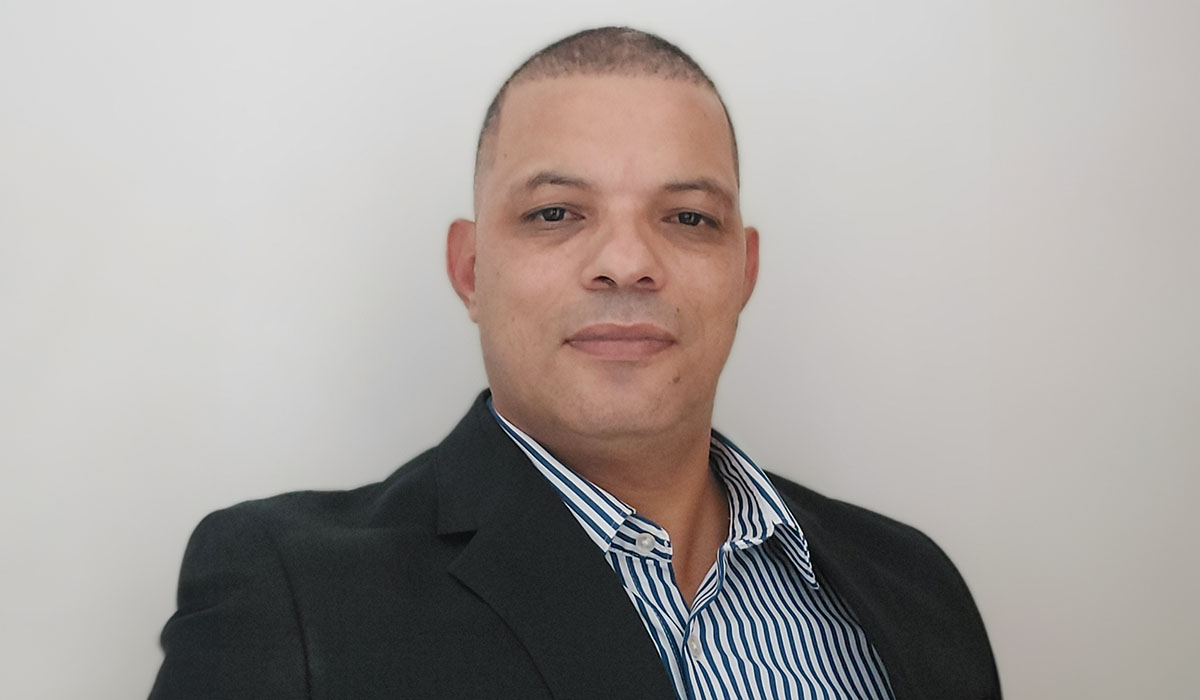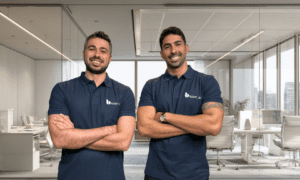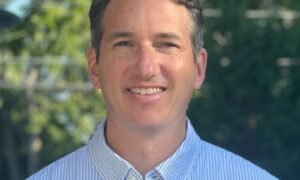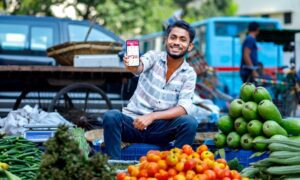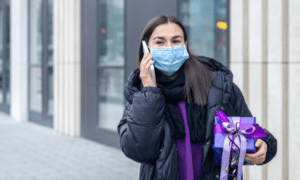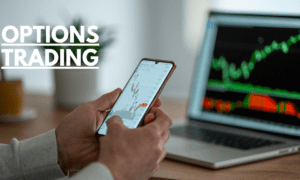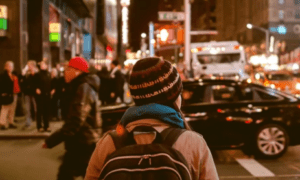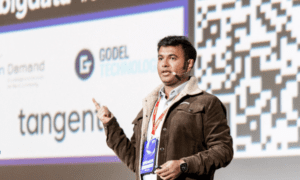America’s supply chains are undergoing a quiet crisis, not just in terms of logistics or materials, but in the invisible infrastructure that moves products from production to the point of sale—packaging. With labor shortages impacting nearly every sector and regulatory changes adding complexity to compliance efforts, companies are finding it increasingly difficult to manage packaging in a way that balances cost, performance, and sustainability. This tension has become especially pronounced in industries that rely on high-volume distribution, such as automotive parts manufacturing and e-commerce fulfillment, where packaging inefficiencies can ripple across entire operations.
In response to this growing challenge, SavePack LLC is preparing to enter the U.S. market as a specialized consultancy dedicated to helping businesses reengineer their packaging systems for a new era. From its planned headquarters in Fort Wayne, Indiana, the company intends to address some of the most persistent structural issues affecting packaging performance, compliance readiness, and environmental stewardship. Although not yet operational, SavePack’s vision is to become a key player in the national conversation on sustainable design and supply chain modernization.
At the heart of the company is Claudinei de Souza, a seasoned packaging coordinator whose 15-year career has centered on optimizing production systems and implementing efficient packaging models. His experience includes significant tenure at General Motors do Brasil, where he led efforts to cut costs, improve material handling processes, and align operations with global sustainability benchmarks. With a bachelor’s degree in production engineering and a leadership-focused MBA in progress, de Souza brings both the technical and strategic perspective needed to navigate the complex intersections of packaging, logistics, and regulation.
“The packaging we use has a direct impact on supply chains, workforce efficiency, and environmental outcomes,” de Souza explains. “There’s an opportunity now to design systems that are smarter—not just greener, but operationally stronger.”
One of the less-discussed but increasingly urgent issues SavePack plans to tackle is the talent gap in sustainable packaging development. According to industry projections, over 125,000 engineering positions in manufacturing will go unfilled over the next five years due to aging workforces and skill mismatches. Packaging engineers, particularly those trained in circular economy principles and regulatory compliance, are among the most difficult to recruit. In parallel, the rapid evolution of technology—from automation tools to AI-enhanced material testing—requires workers to be continuously retrained. SavePack’s proposed training and workforce development model would address this need by offering immersive, project-based instruction tailored to real-world packaging scenarios.
Another major pain point SavePack is positioned to address is regulatory complexity. More than a dozen states have recently adopted or are planning to implement Extended Producer Responsibility (EPR) laws, mandating that companies take responsibility for the end-of-life management of their packaging. These rules are not uniform and can vary dramatically by region, making compliance a legal and logistical challenge—especially for startups and mid-sized firms without in-house regulatory teams. SavePack aims to provide support by conducting audits, preparing documentation, and integrating packaging choices with broader sustainability strategies.
Where the company also sets itself apart is in its approach to data. Instead of relying solely on traditional consulting models, SavePack will employ engineering diagnostics and lifecycle analysis tools to uncover cost-saving opportunities and minimize carbon impact. These data-driven insights are expected to yield up to 20% improvements in storage efficiency and transport performance—critical gains for companies struggling with rising logistics costs and shifting customer expectations. By moving beyond surface-level solutions, SavePack is positioning itself as a partner in long-term transformation, not just short-term compliance.
This strategic approach is particularly well-timed. As American consumers become more environmentally conscious, with over 70% stating they are more likely to purchase from companies with strong sustainability credentials, packaging is increasingly seen not just as a container but as a brand message. Poorly designed or wasteful packaging can damage a company’s image and lead to lost market share. SavePack’s mission aligns with this reality, offering businesses a roadmap to embed sustainability into the core of their operations.
For de Souza, launching SavePack in the U.S. is both a professional evolution and a strategic response to a shifting global market. His goal is to bridge the knowledge divide that limits progress on sustainable packaging while helping clients navigate the complexities of a resource-constrained world. More than a business endeavor, SavePack reflects a commitment to reshaping how American industries view one of their most overlooked assets.
In a time when packaging design is tied as much to risk management as it is to product protection, SavePack LLC stands ready to bring fresh expertise and systems thinking to a sector in need of transformation. As industries seek to future-proof their operations, the question is no longer whether to invest in sustainable packaging—but how. For many, SavePack may soon provide the answer.

